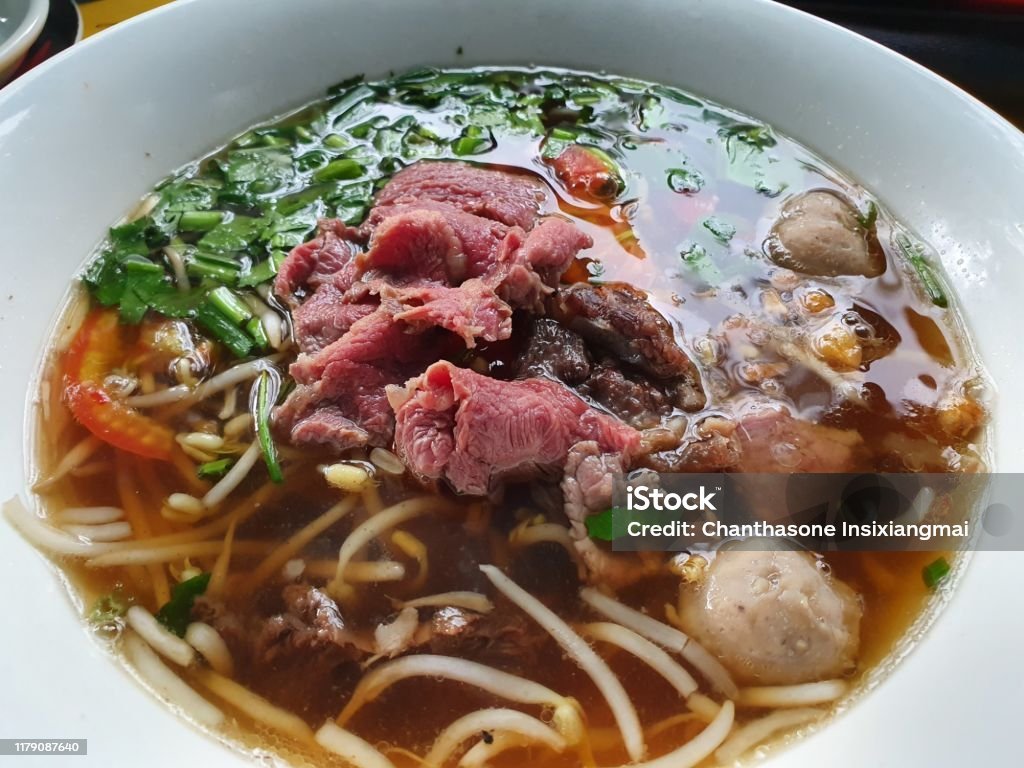
History and Development
Water puppetry, or Múa rối nước, is a distinctive and enchanting traditional Vietnamese art form that has captivated audiences for centuries. Originating in the Red River Delta region during the 11th century, it was initially a form of entertainment for villagers in the wet rice paddies. The earliest known evidence of water puppetry dates back to the Ly Dynasty when it was performed during festivals and special occasions to celebrate the agricultural cycle and community events. Over time, this unique art form evolved and flourished, becoming an integral part of Vietnamese cultural heritage.
Water puppetry faced decline during the French colonial period and subsequent conflicts, but it experienced a revival in the latter half of the 20th century. Today, it is celebrated both in Vietnam and internationally, with performances in dedicated theatres and cultural festivals worldwide, showcasing the enduring appeal of this ancient art form.

Themes and Stories
The themes and stories depicted in water puppet shows are deeply rooted in Vietnamese folklore, mythology, and everyday rural life. Familiar narratives include tales of legendary heroes, mythical creatures, and historical events, often infused with humor and moral lessons. Popular characters such as Uncle Teu, a jovial farmer who usually serves as the show’s narrator, provide comic relief and engage the audience.
Traditional water puppet performances also highlight scenes of village life, agricultural practices, and communal activities, reflecting rural Vietnam’s cultural values and traditions. The harmonious relationship between humans and nature is a recurring theme, depicted through scenes of rice planting, fishing, and festivals. These stories not only entertain but also preserve and transmit cultural knowledge and values to future generations.
Craftsmanship
The craftsmanship in creating water puppets is a meticulous and revered process passed down through generations of skilled artisans. Each puppet is meticulously handcrafted from wood, typically fig or jackfruit, chosen for its buoyancy and durability. The wood is carved, polished, and painted with vibrant colors to create intricate and expressive figures, ranging from humans to mythical animals and supernatural beings.
Artisans pay great attention to detail, ensuring each puppet’s movements are lifelike and fluid. The puppets are attached to long bamboo rods and controlled by skilled puppeteers standing waist-deep in water behind a bamboo screen. The water serves as both a stage and an element of the performance, enhancing the illusion of the puppets’ movements and creating a magical, otherworldly atmosphere.

Water puppetry, or Múa rối nước, is a sparkling gem in Vietnam’s crown of cultural treasures. Born in the watery fields of the Red River Delta, this enchanting art form has captivated audiences for centuries with its skillful puppeteers and mesmerizing stories. From its humble beginnings to its global stage today, water puppetry remains a beloved tradition, preserving Vietnam’s rich heritage for generations to come.








